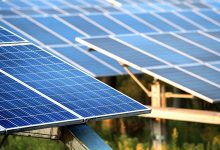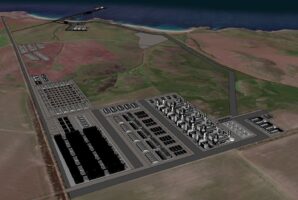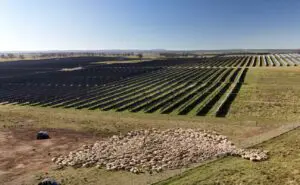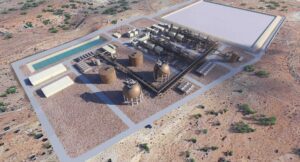The owner of the 300 megawatt (MW) Hopeland solar farm and accompanying big battery project in southern Queensland said it has received connection approval and hopes to move to the next stage of development.
The Hopeland solar farm may include a 175 MW, two hour (350 MWh) battery, and will connect to the National Energy Market via Powerlink’s neighbouring 275kV Western Downs substation.
“This (approval) paves the way for the next development steps at Hopeland Solar Farm,” said owner Pacific Partnerships, a subsidiary of construction giant CIMIC.
“In conjunction with fellow CIMIC group company, UGL, we are working on the next phase of this exciting project and together will go on to design, procure, construct and operate the solar farm.”
The Hopeland solar farm, in the state’s Western Downs Renewable Energy Zone (REZ), was bought by Pacific Partnerships in August last year, from the project’s originator Brisbane-based Renewable Energy Partners.
The construction group is using the solar project to step up its renewable credentials, after its first foray into the sector with the 102MW Glenrowan solar farm, under construction in northern Victoria.
The project’s environmental impact assessment, lodged two months after CIMIC took over, says the development is a partial replacement for the Kogan Creek coal-fired power station, which is nearby.
“[It] takes advantage of existing transmission and substation infrastructure associated with the Kogan Creek power station and will contribute to energy demand from the retirement of this facility,” the assessment says.
A next step will be securing a decision under the EPBC Act that activity on the predominantly grazing farmland is not a protected matter.
The developer has identified 10 species as potentially living in the area –painted honeyeater, white-throated needletail, fork-tailed swift, koala, grey-headed flying fox, grey snake, yakka skink, Dunmall’s snake, Brigalow woodland snail, and Corben’s long-eared bat.
It says it will be possible to avoid all areas of remnant eucalypt open forest and endangered Brigalow scrub and disturbing a maximum of 73 per cent of the land area of the proposal. But it will need to clear 99.3 hectares of habitat that could house koalas and grey-headed flying-foxes.










